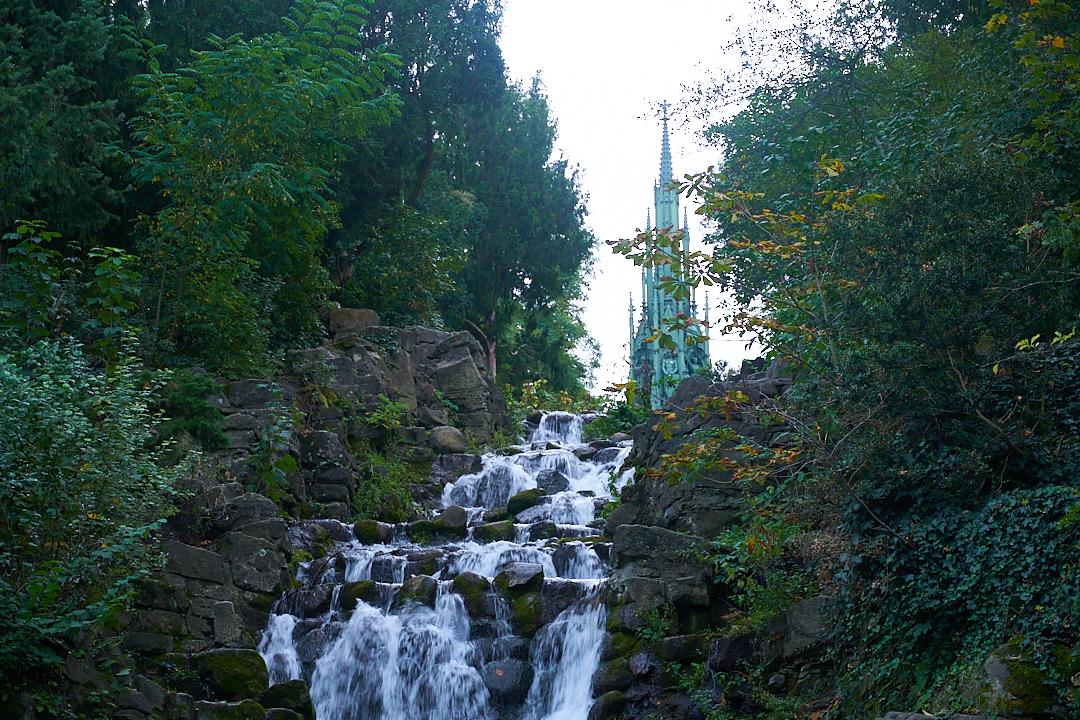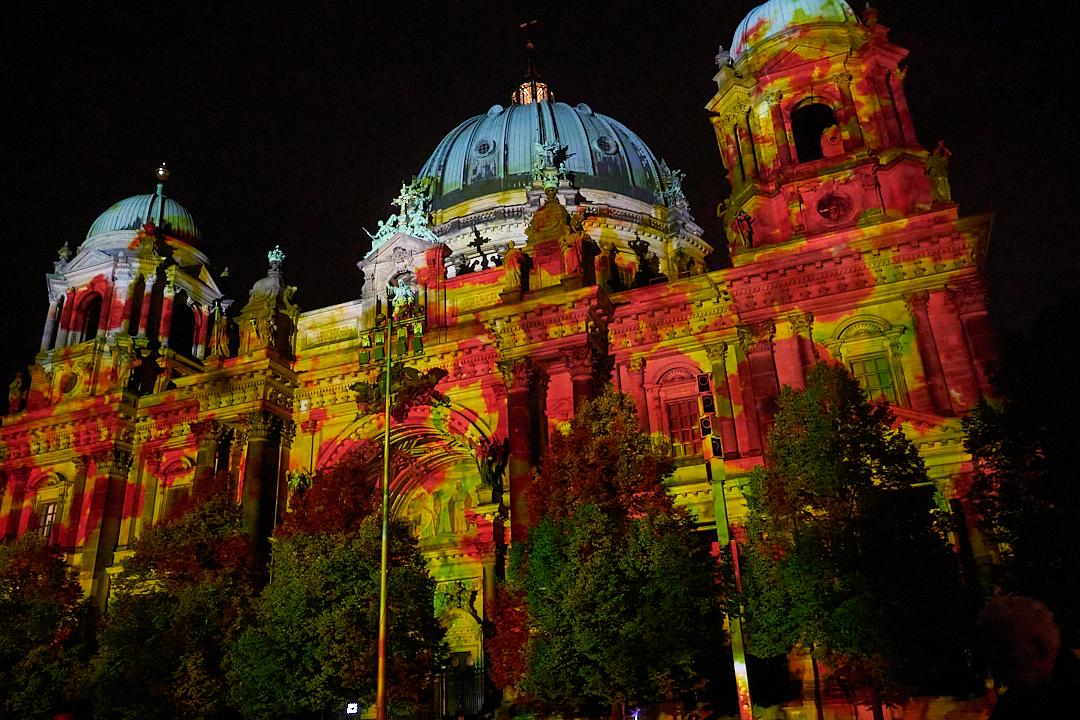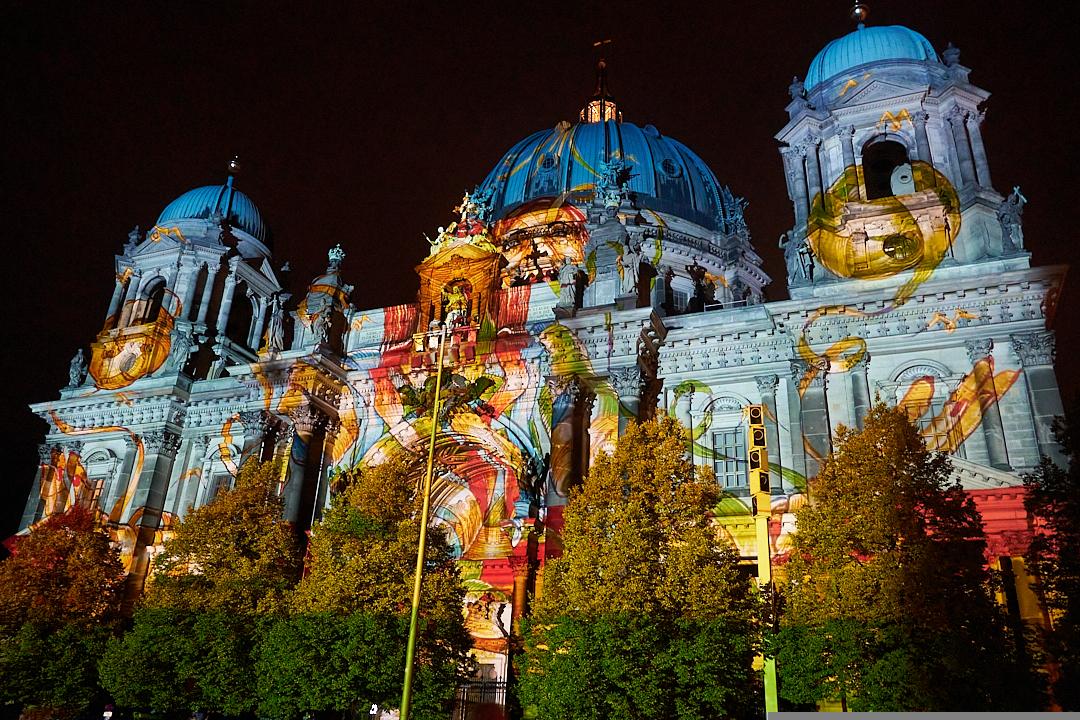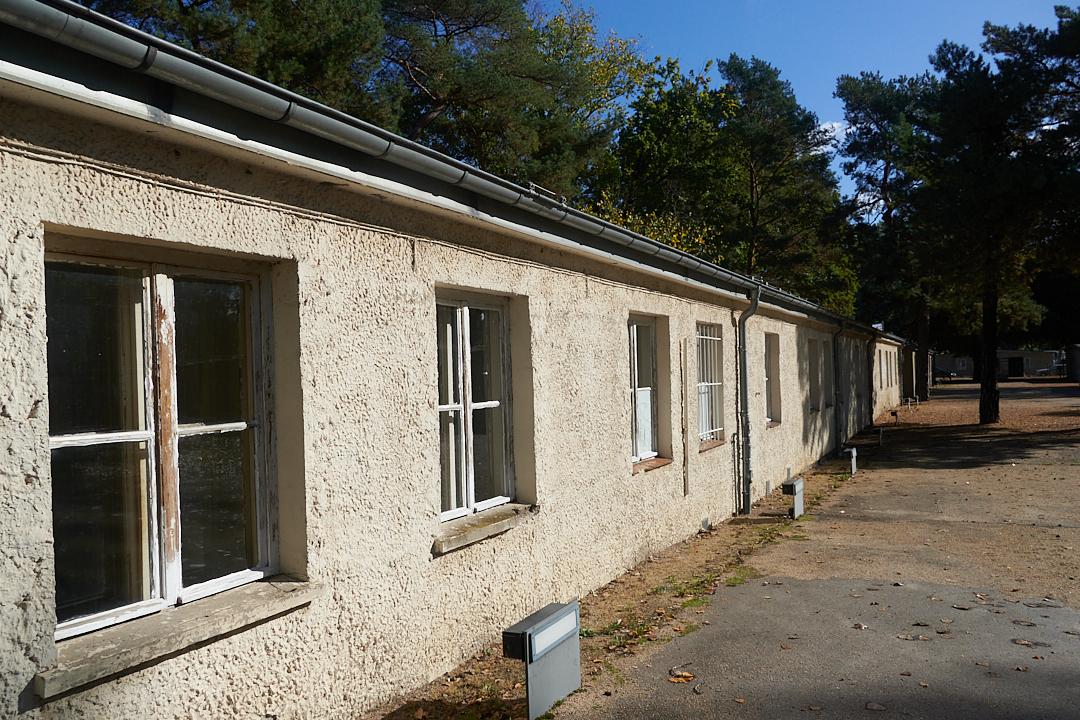
Sunday started similar to other days: We arrived in dribs and drabs for breakfast and tried to finally wake up with a cup of coffee. Afterward, we met outside and left for a trip to the Nazi Forced Labor Documentation Center in Berlin-Schöneweide.
My first thought after arriving at the historical site was that the Forced Labor Camp in Berlin-Schöneweide had been built right in the center of a residential area and it could not be overlooked in any case. There were houses all around, some as close as 20 meters, and residents could observe what was happening in the yards from the balconies of their apartments.
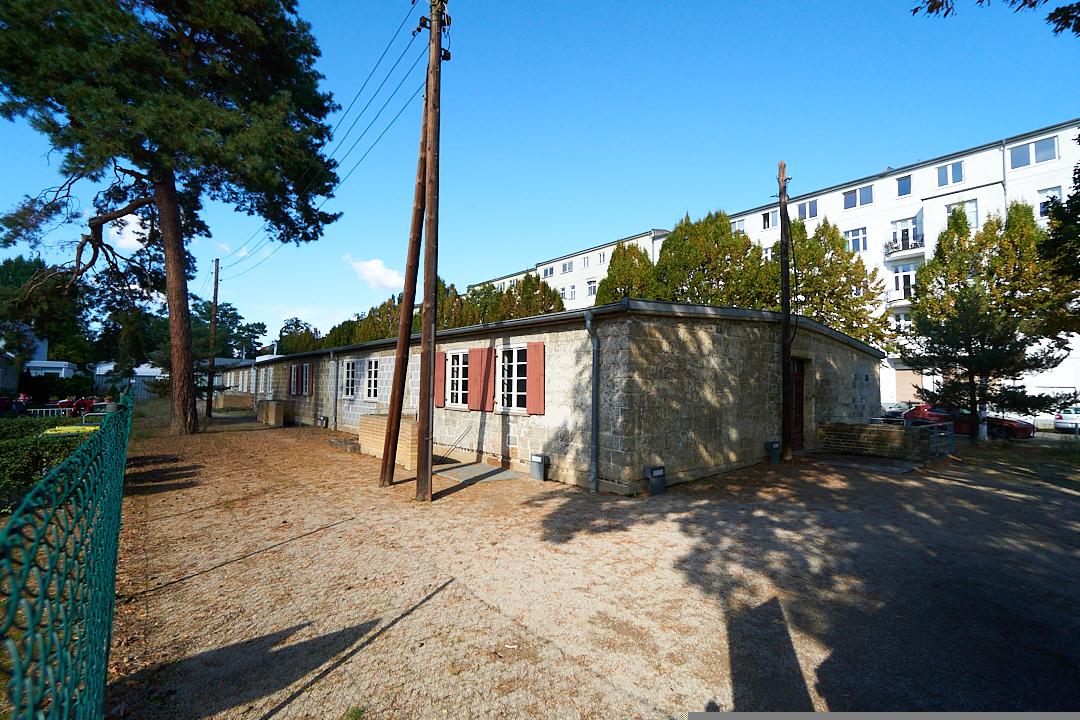
public crime
It was a strangely public and rather surprising ‘setting’ for a Forced Labor Camp. I was expecting a more isolated area; however, as there had been 3,000 similar camps in Berlin only, at least some of them had to be in residential areas. I’m still wondering how I haven’t learned about them earlier.
The location alone illustrates how the ‘excuse’ of not having known anything of the cruelties and atrocities of the Nazi regime that was repeated and repeated by the German society of the 1930s and 1940s, is a blatant lie.
At the campsite
Upon arrival, we met two guides who then introduced us to the Documentation Center. Although the barracks looked quite old from the outside, they were newly renovated inside and radiated a calm and distant atmosphere.
We split into two groups, one for English and the other for Russian speakers, and visited the exhibitions. Our group started at the main exhibition hall on “Forced Labor in the Daily Round: 1938 – 1945” and visited Barrack 13, where so-called Italian military internees were detained, afterward.
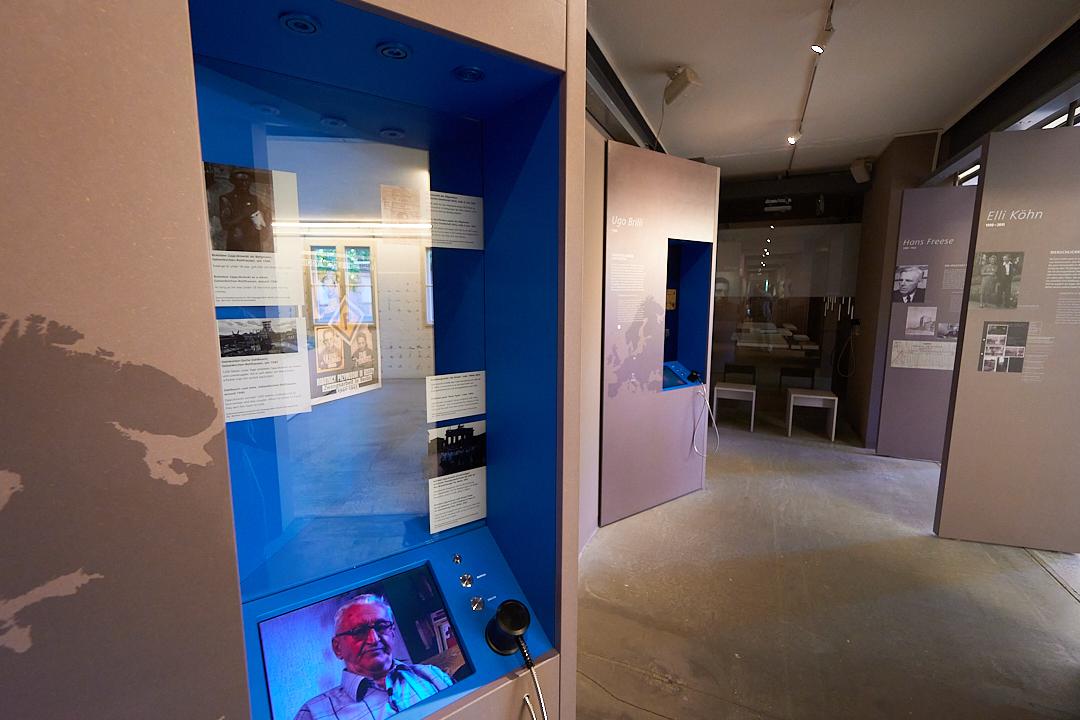
Main exhibition
The main exhibition was designed in a minimalistic way and relied on photos, texts, and the presentation of original objects to introduce the visitors to the presence of forced laborers and their exploitation. Our group mostly welcomed the way the information was presented, despite heavily relying on one sense (eyes), because imagination was enough to understand what happened there and to fill the empty rooms with emotions.

Barrack 13
In Barrack 13, we learned that Italian POWs were declared military internees with the purpose of exploiting them in war-related factories (which is actually prohibited); how the Nazi regime managed to divide forced laborers along racialized categories, and how, therefore, their living conditions were quite different, though precarious either way.
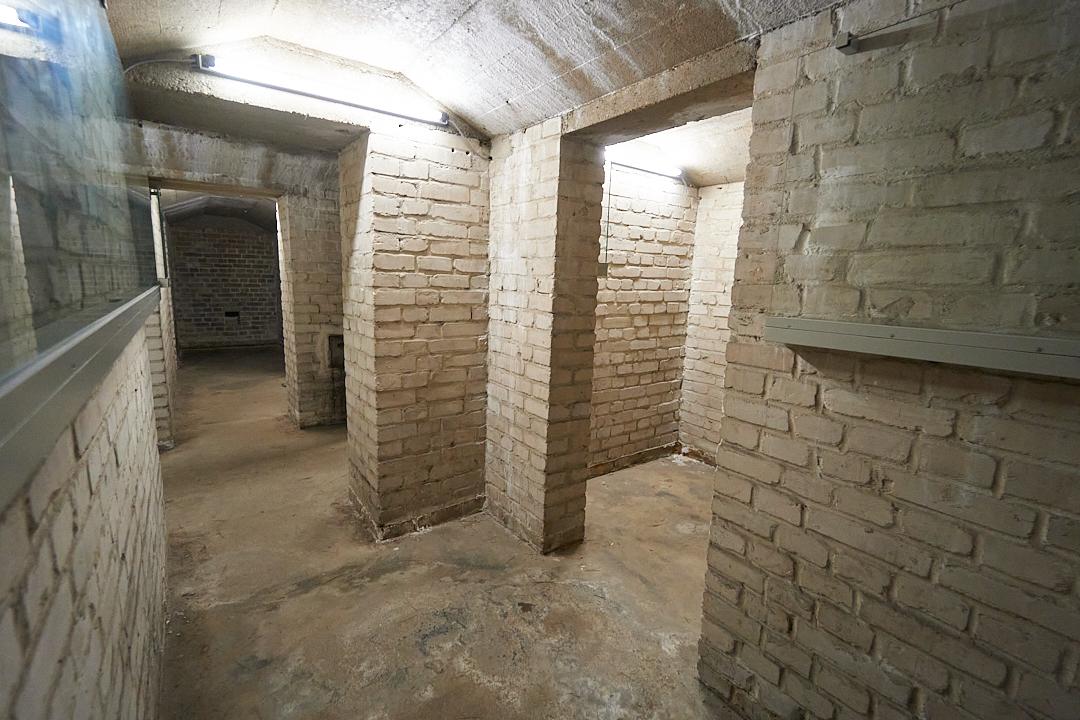
In the bunker
To visit the bunker below the barrack was another strange experience. You can still read what was scribbled on the walls during a bombardment in early 1945…
Comparisons?
In the end, we met with the other group to talk about our experiences. However, we weren’t really talking about what we felt but about historical facts and im/possible comparisons with other regimes. One guide noted, that the Nazi regime almost exclusively killed non-German citizens while Stalin is responsible for the murder of people within the Soviet Union. A person from Belarus countered that this narrative was wrong as Belarusian people were part of the Soviet Union but not Russian citizens.
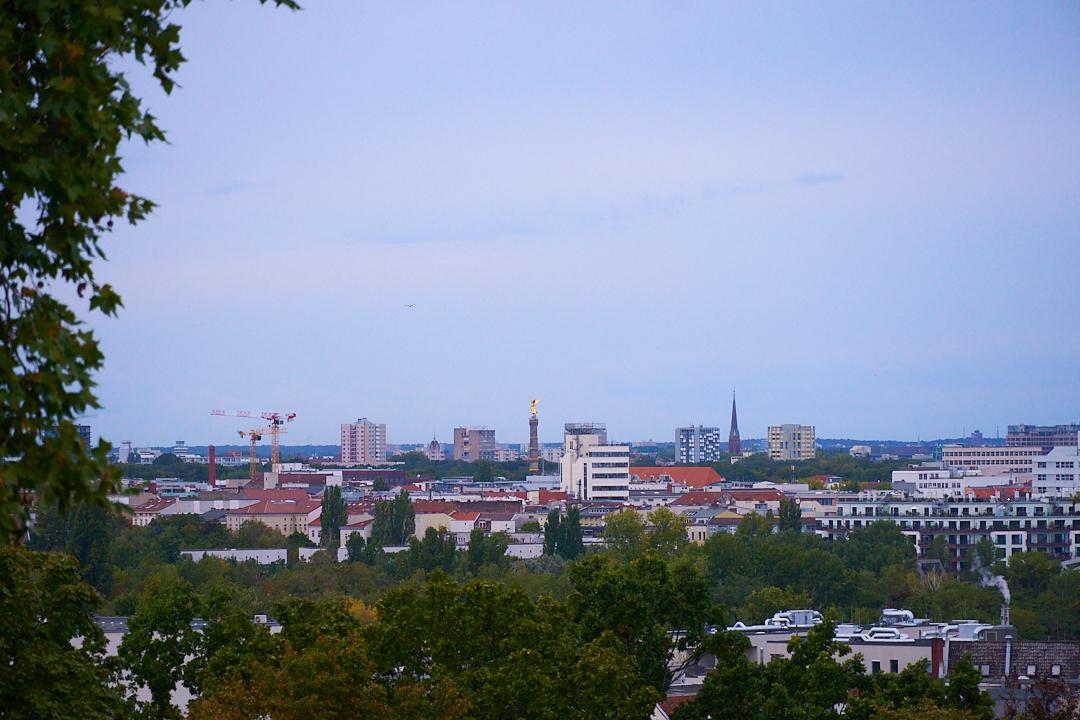
In the late afternoon, the group split again. Some visited the festival of lights in the city center while others went home. The day ended with dinner and a brief evaluation.
